Click on a name for further information and contact details. The root of the email addresses is "@nottingham.ac.uk"

Omar's research is focused on the formation and evolution of galaxies in the distant Universe. A particular interest is to understand why the most massive galaxies suddenly cease their star formation at early times, and to understand the growth and influence of supermassive black holes. He leads the Ultra Deep Survey, the deepest infrared survey ever undertaken over such a large area of sky.

Alfonso works in the field of extragalactic astronomy, focusing on how galaxies form and transform. His work combines detailed studies of local galaxies with observations of the galaxy population at intermediate and high redshifts.
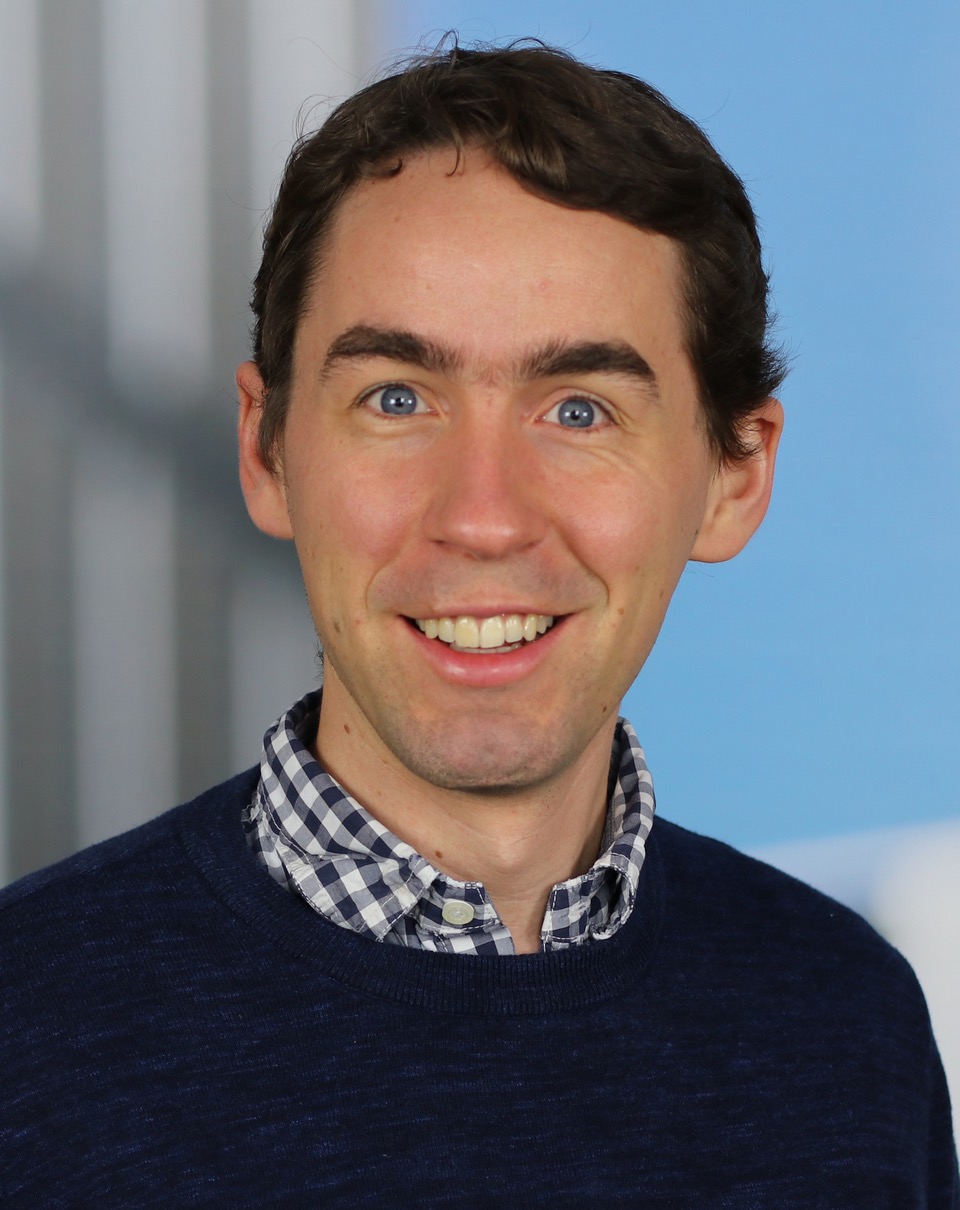
Yannick’s research focuses on the interaction between galaxies and the Universe around them. He uses both computer simulations and observational data to understand how the observable properties of galaxies and their evolution over time are tied to their location in the “cosmic-web” of large-scale structure in our Universe. In particular, he studies galaxies in clusters, the densest cosmic regions where these environmental effects show up most clearly.

Steven is primarily interested in the links between the morphology, star-formation and assembly histories of galaxies, and particularly the competition between internal and environmental processes in producing the present-day galaxy population. He studies galaxy morphologies in large surveys both visually, via the Galaxy Zoo project, and quantitatively, by developing novel techniques to decompose galaxy structures.

Jamie’s research focuses on the physics of the intergalactic medium and the epoch of reionisation. He uses cosmological simulations performed on some of the world’s most powerful supercomputers to investigate the interplay between galaxies and gas in the early Universe.

I achieved first class honours for a Master of Physics (MPhys) degree in Physics at Durham University in 2010. I completed my PhD, Seeing the Light: Foreground Removal in the Dark and Dim Ages, at University College London. I won the University College London Chris Skinner Department of Physics and Astronomy Thesis Prize. During this time I became concerned about PhD culture and how it impacts women. My research interests remain in seeking out the first stars through have widened from looking only at foreground removal, instead looking at the idea of using optical surveys and stellar archaeology. I have carried on my gender equality work with passion, being a proud member of The 1752 Group, a group campaigning and providing solutions for power-based sexual misconduct. My personal bug bear has been the enforced use of NDAs on victims and I have spoken at great length to the media and to parliament about this issue. I also enjoy doing outreach of a much happier kind, spreading my love of astronomy and how anyone can access it and wonder at the questions it provokes. I give talks at festivals, local pubs, on radio and my first book, First Light: Switching on Stars at the Dawn of Time, published by Bloomsbury, is out now.

Simon works in the field of extragalactic astronomy and observational cosmology. His main area of research is the study of galaxy evolution. In particular, he is interested in determining how dark matter evolves in galaxies by exploiting the phenomenon of gravitational lensing. He also uses multi-wavelength surveys which span from the UV to the sub-millimetre, to measure the formation and evolution of stars in galaxies. On the theory side, he develops new statistical techniques for use in cosmology.

Meghan's research combines galaxy evolution with a long-standing interest in large-scale structure. In particular, she employs observations of massive galaxy clusters to understand the physical processes that transform galaxies in dense environments. She is an enthusiastic science communicator, and is a regular contributor to Sixty Symbols and Deep Sky Videos YouTube channels.

Nina researches the formation of galaxies and clusters of galaxies. She uses the world’s most powerful telescopes to observe galaxies and clusters caught in the process of forming, and uses computer simulations to interpret these observations.

Mike primarily investigates the nature of nearby galaxies with a particular interest in their dynamical properties, seeking to use the motions of gas and stars in these systems to understand how they formed. He has a strong interest in scientific outreach, helping to found the award-winning Sixty Symbols YouTube channel and setting up a spin-out company, Crystal Nebulae, which produces laser-cut crystal glass sculptures of astronomical objects such as the galaxies he studies.

Frazer specialises in the theory of the formation of structure in the Universe. In particular he models the evolution of clusters of galaxies using some of the worlds largest parallel supercomputers. He also has interests in X-ray emission from clusters and the feedback of energy due to supernovae explosions.

Helen studies the most energetic events in the lives of massive galaxies - powerful jetted outbursts from their central supermassive black hole and massive collisions between huge clusters of galaxies. Powerful jets of high-energy particles launched in the strong gravitational environment around a supermassive black hole can heat up the surrounding gas and suppress star formation to choke off the growth of the host galaxy. Major cluster mergers are the most energetic events in the Universe since the Big Bang. The energy generated by the collision is dissipated in shocks and turbulence, which heat up and disrupt the hot gas atmospheres surrounding the constituent galaxies. Helen uses observations at radio to X-ray wavelengths to study these events and their impact on galaxy and cluster structure.

David works with Omar Almaini on the Ultra Deep Survey. His research interests focus on the morphological evolution of distant galaxy populations and the properties of recently-quenched galaxies.

I work on the evolution of galaxies within clusters, and I am currently exploring the use of the Euclid space telescope to map intracluster light. I also work on jellyfish galaxies and the spectacular ram-pressure stripping interactions experienced by galaxies infalling into clusters, exploring the varied effects on their morphologies, composition and kinematics.

I am interested in the era when the first stars and galaxies formed, producing radiation which transformed the hydrogen in the Universe from being almost entirely neutral to almost entirely ionised.
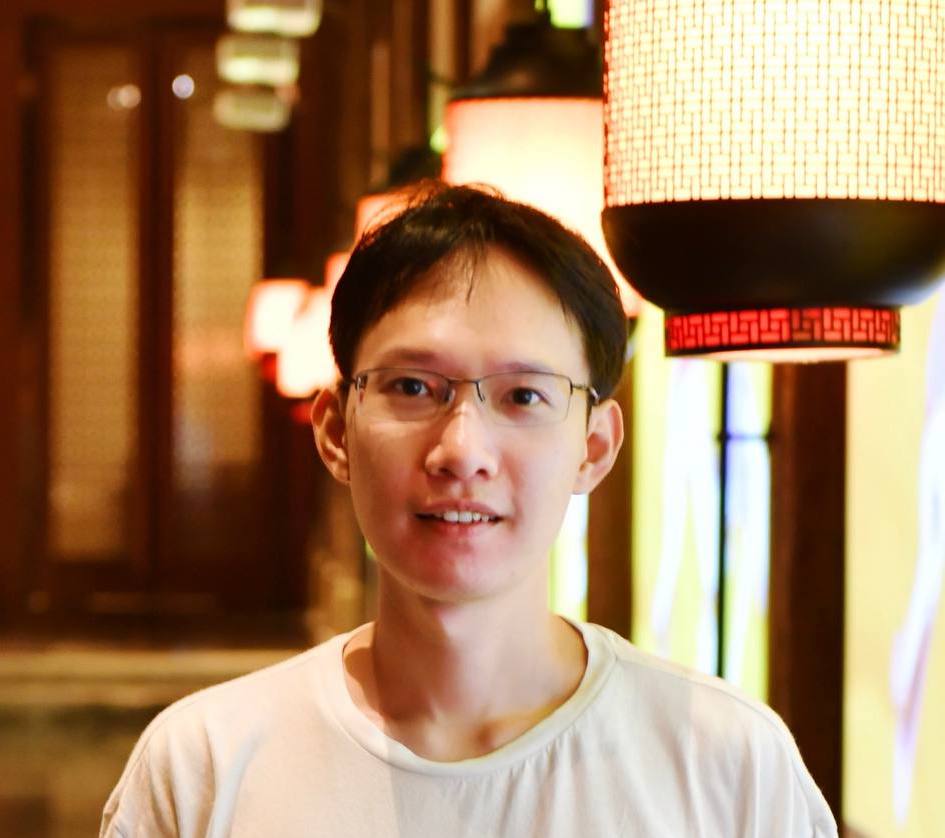
My past research focused on quantifying and understanding the morphology of nearby galaxies. Using galaxy images and cosmological simulations, I studied the origins of galactic bulges, the formation of massive ellipticals, and the challenges ΛCDM models face in reproducing realistic galaxy morphologies. I also contributed to the development of the Pan-STARRS Image Processing Pipeline, with a emphasis on improving image detrending for the Gigapixel Camera 1. Currently, I am working with the NottICL group, led by Prof. Nina Hatch, to optimize reprocessing of Euclid images for low-surface-brightness science and to obtain robust measurements of intracluster light.

Jesse works on projects with the goals of understanding the formation and evolution of the most massive galaxies in the universe and the underlying connection to their dark matter halos. To do this, Jesse takes advantage of all available stellar information, from the satellite galaxy population to the diffuse intracluster light and then uses this data along with Bayesian statistical methods. Currently, the primary focus of Jesse's research is using Euclid data to understand the formation and evolution of the intracluster light and what it can tell us about galaxy evolution and the cluster's dark matter halo.

My research focuses on the formation and evolution of galaxy clusters and their constituents. This includes the study of protoclusters and high-redshift clusters, the influence of dense environments on their member galaxies, and the build-up of the intracluster light (ICL) that permeates these massive systems. During my PhD, I investigated the effects of large-scale structure on galaxy evolution, and as a postdoc, my work now centres on tracing the evolution of the ICL across cosmic time.
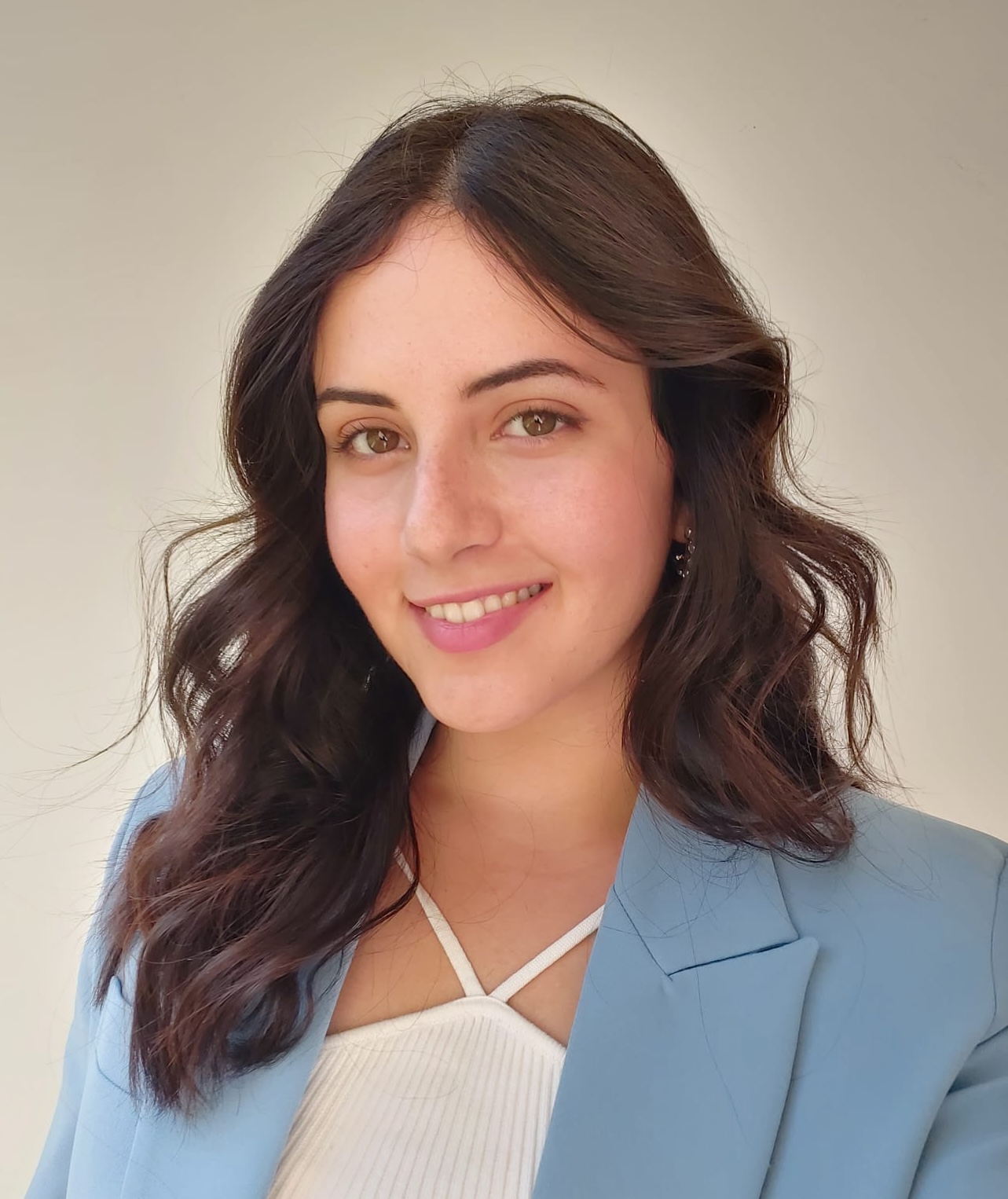
My research focuses on understanding the dominant physical processes driving galaxy transformations across diverse environments, including isolated galaxies, groups, and clusters. I am particularly interested in multiphase gas studies within galaxies. Using MUSE/IFU observations, I have explored ionised gas kinematics in nearby galaxies, with a focus on large-scale shocks that drive gas inflows toward their nuclei. I have also contributed to studies of overshot gas streams in the central regions of barred galaxies using ALMA and JWST observations. Recently, my interests have expanded to the low surface brightness regime, where I am studying the intracluster light (ICL) in galaxy clusters. I am currently working on characterising the shape of ICL using EUCLID images.

Ulrike's research explores pathways and timescales needed to reconstruct the buildup of matter in the Universe. She is interested in identifying the physical processes responsible for the evolution of galaxies with cosmic time and environment, and how their evolution relates to their mass, star formation rate, and chemical composition. As part of the WEAVE, Euclid and CLASH collaborations, her work uses high-quality observational data which she connects to hydrodynamical simulations to fully connect and predict performances of future observations, and increasingly makes use of super-computers and (deep) machine learning to find solutions for exploiting future extra-large surveys.
As a core member of the WEAVE Wide-Field Cluster Survey, Ulrike maps, characterises and studies how matter organises itself as a giant cosmic web, constructed of large-scale filaments and galaxy clusters at their intersections. This is the perfect laboratory to investigates the importance of pre-processing, and cluster-specific phenomena in comparison to internal processes.
Having obtained an additional degree in fine arts, she is also actively working on the inter- and transdisciplinary approach of combining art and science as a means to investigate new ways of answering common questions.

After obtaining a PhD from the University of Birmingham, Maggie went on to do a research fellowship at the European Space Agency. Currently, Maggie is developing bayesian statistics and machine learning methods to apply on clusters of galaxies. Her research mainly focusses on obtaining accurate cluster mass measurements to be used for cosmology.

My research interests lie in both observational and theoretical extragalactic astronomy, including hydrodynamical simulations, large surveys and machine-learning techniques. I am interested in galaxy morphology, galaxy-black hole co-evolution and low-surface-brightness science including galaxy tidal features and intracluster light. I chair the morphology working group within the LSST Galaxies Science Collaboration and I am involved in developing efficient and robust techniques for automated classification of galaxies and the production realistic synthetic observations for various upcoming instruments.

Julian works with computer simulations of large fractions of the universe to understand trends in galaxy formation and evolution. Investigating the tools that help us form and analyse such simulations such as halo finders, tree builders and semi-analytic models. He also does a number of outreach activities, giving talks to astronomy societies and other interested groups such as rotary and U3A, as well as working with schools and scouts/guide groups. He also helps with the teaching of undergraduates in some of the astronomy courses.

Ankit’s research focuses on the formation and evolution of galaxies across cosmic time, with particular emphasis on understanding how large-scale environments influence their growth and observable properties. His work combines cosmological hydrodynamical simulations, multi-wavelength observations, and analytical modeling to explore the complex interplay between galaxies and their surroundings. He has investigated a range of topics, including the role of cosmic filaments in shaping the star formation rate and mass-metallicity relation. He also studied the effect of local environment on active galactic nuclei, and the connection between distribution of intracluster light and dark matter in galaxy clusters. He has also examined how ram pressure stripping regulates star formation in galaxies in large-scale environment.

Mathias works on low surface brightness (LSB) structures and objects in the Local Universe, ranging from dwarf galaxies to tidal features and intra-cluster light (ICL). His interests include image processing techniques to preserve the faint outskirts of nearby galaxies, as well as the study of globular cluster populations in LSB systems. He is currently analysing ICL detected by the Euclid space telescope to help answer questions about galaxy mass assembly and to investigate the distribution of dark matter in galaxy clusters.

Harley works with Garreth Martin, Frazer Pearce, and Nina Hatch investigating galaxy clusters and intracluster light using hydrodynamical simulations.



I work with Dr. Steven Bamford, Prof. Nina Hatch and Prof. Alfonso Aragon-Salamanca. My research focuses on Intra-Cluster Light and Brightest Cluster Galaxies.

Jen works with Dr. Emma Chapman and Dr. James Bolton on the Epoch of Reionisation. Her research focuses on 21cm emission line produced by the first stars, and how radio telescopes can be used to detect this signal.
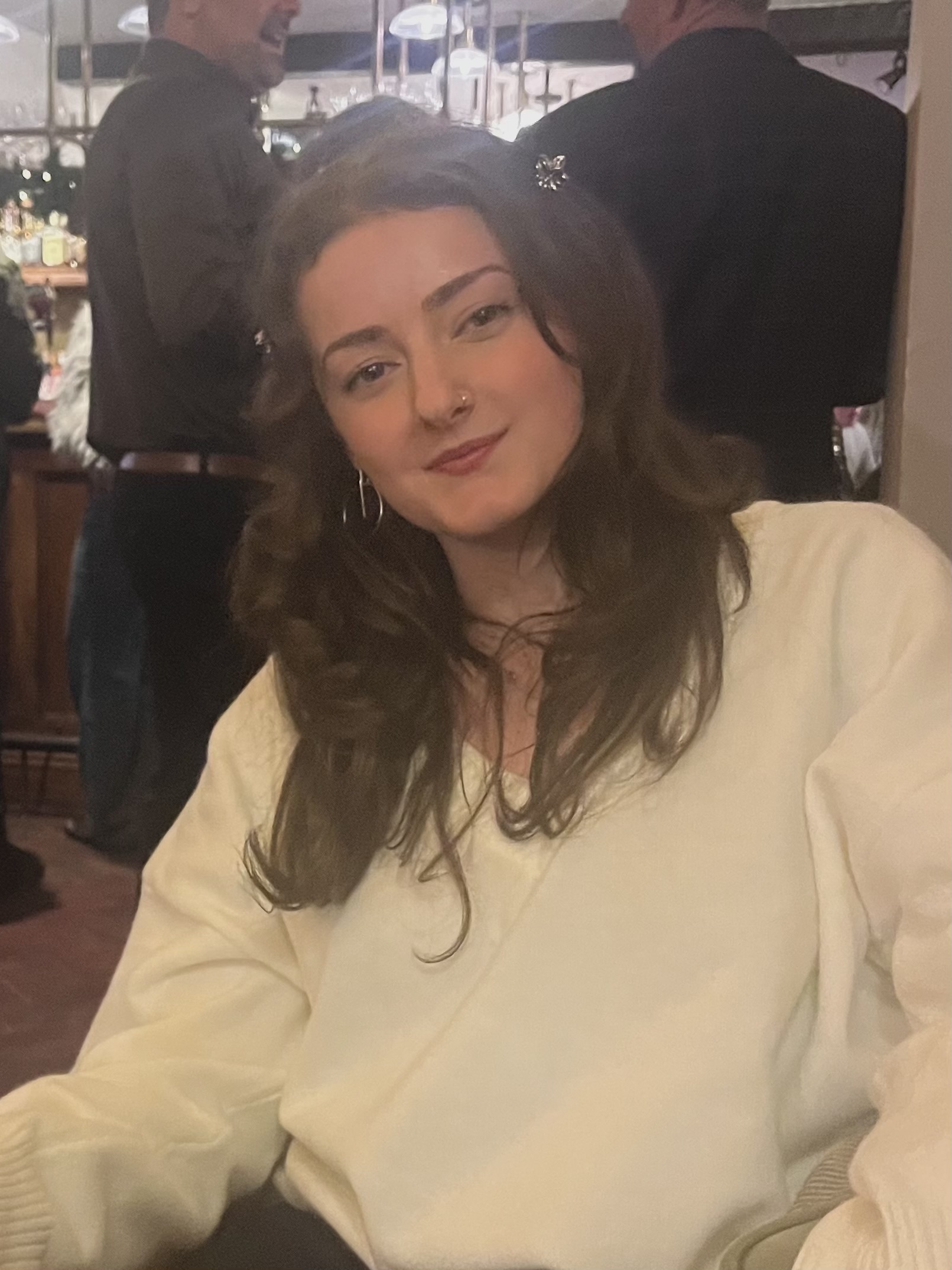
I work with Nina Hatch and Yannick Bahé on the shape of intracluster light as a tracer of dark matter. I am currently using simulated cluster data to measure and compare the shape of ICL and dark matter.
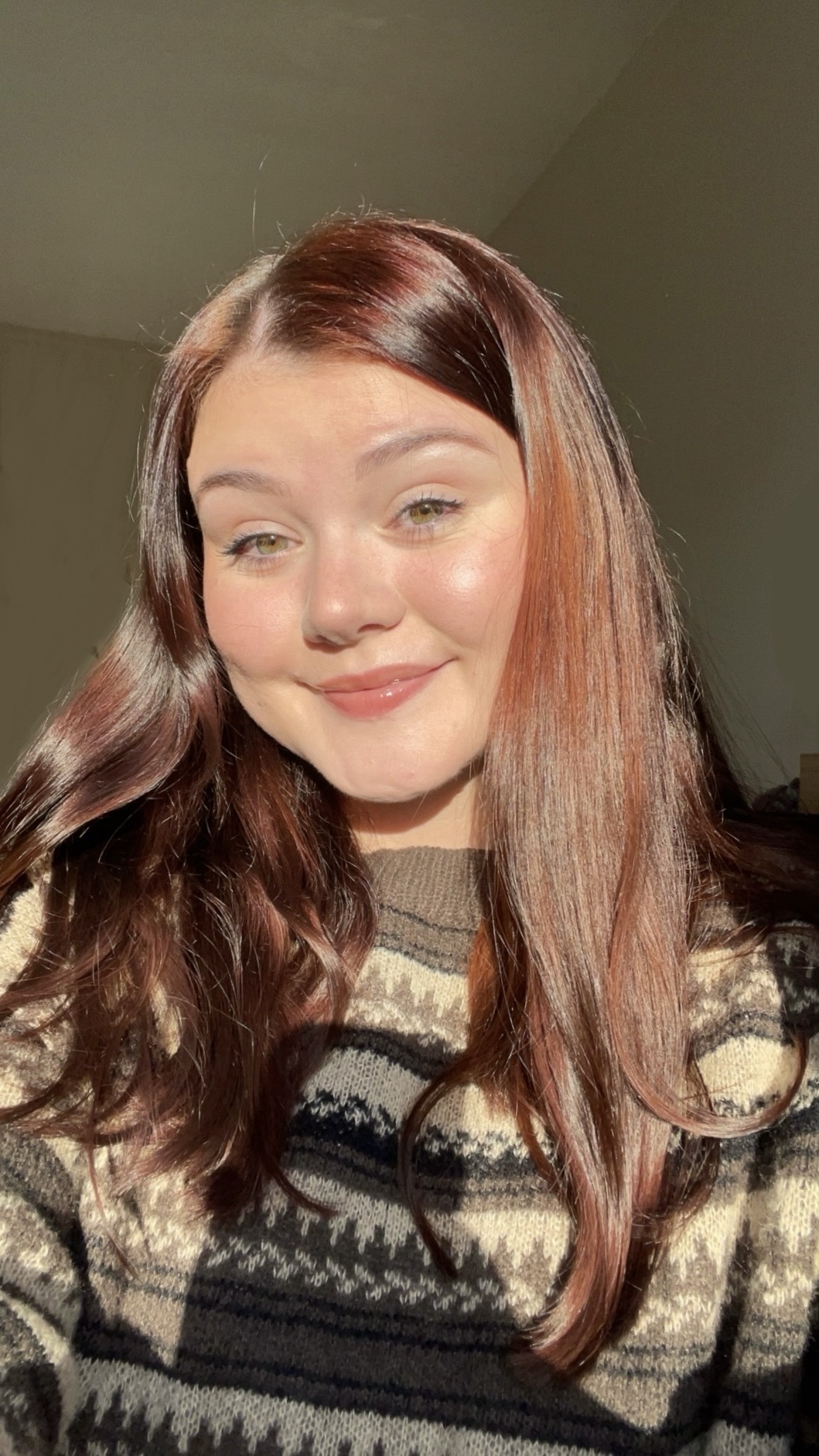
I am working on the properties of the molecular gas filaments around the central galaxy of the Abell 1795 cluster. I am using ALMA observations of CO isotopologues to investigate interactions between the cold gas and the inflated radio bubbles. I am working under the supervision of Helen Russell and Omar Almaini.



Rhys is working with Alfonso and Meghan to study the pre-processing physics of galaxies falling into galaxy clusters via the cosmic web. He is looking to apply machine learning techniques to analyse the kinematics of galaxies, travelling into and around the cluster environment, using data from TheThreeHundred project in preparation for the WEAVE Wide Field Cluster Survey (WWFCS).



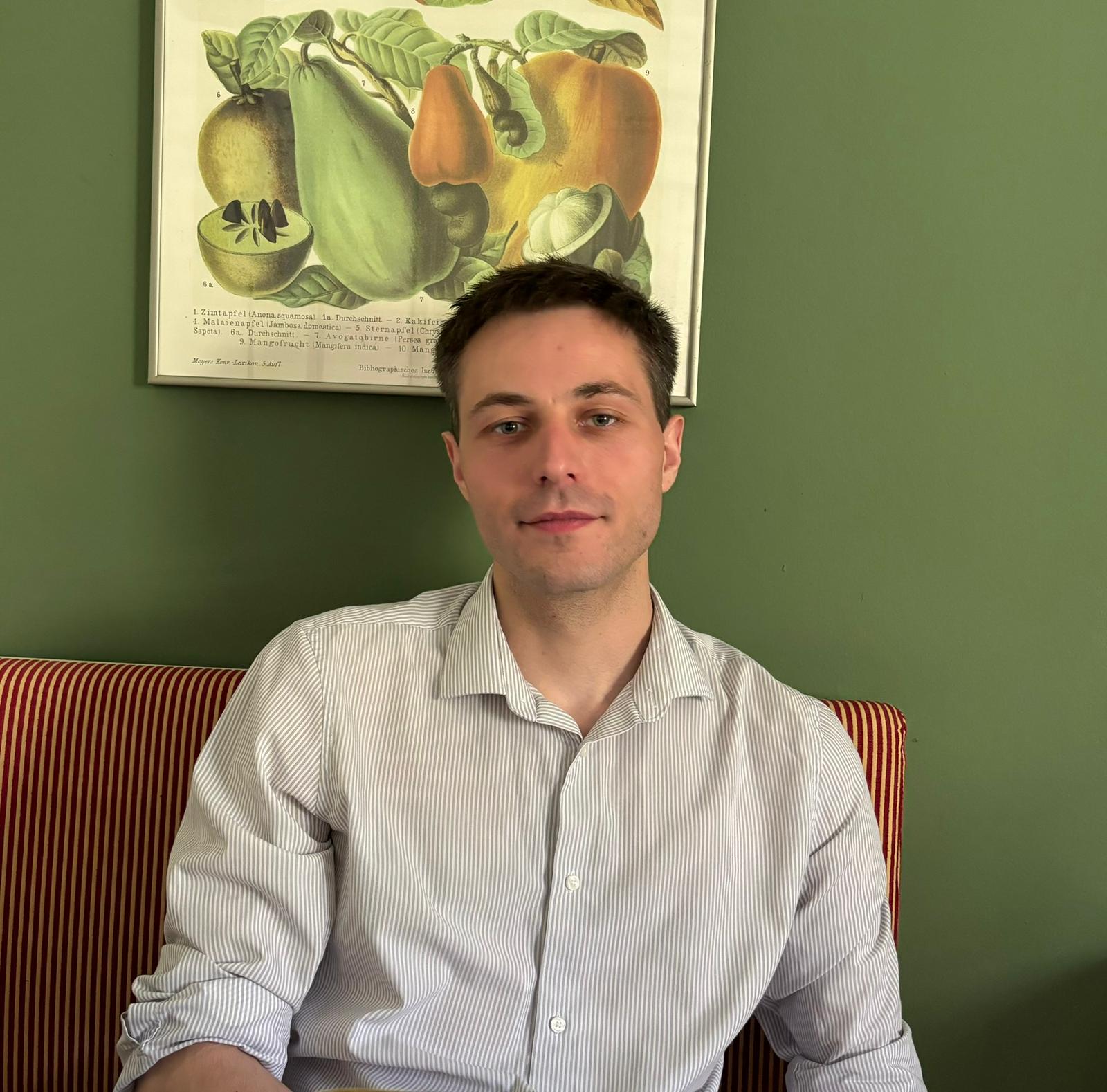
I am studying the effects of environment on galactic evolution, supervised by Yannick Bahé, Meghan Gray and Frazer Pearce. I am primarily using the COLIBRE and THE THREE HUNDRED project simulations in aid of this



Ella Batchlor is the secretary of the Centre for Astronomy & Particle Theory. She deals with all general and administrative enquiries.

Phil Parry is the Research Support Officer for the Centre for Astronomy & Particle Theory.